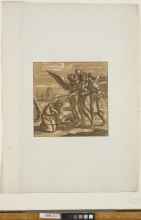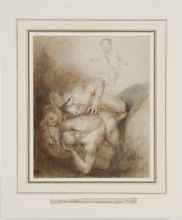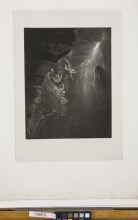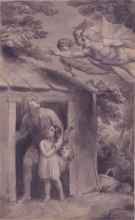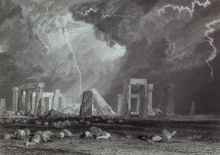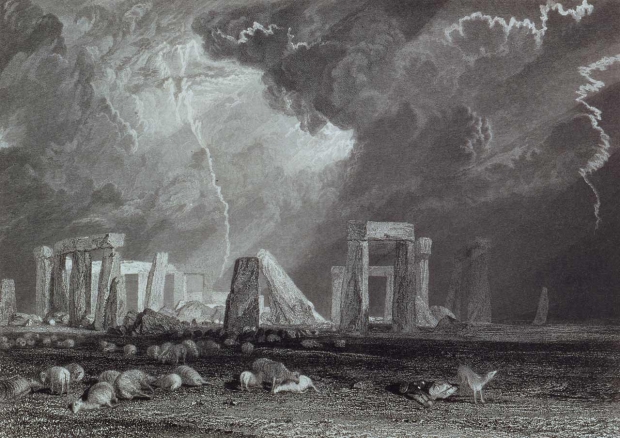Abraham and the Angels
John Skippe was better known as a collector than as an artist, and he is generally considered an amateur with regard to both his woodcuts and his later paintings (Burch 78). However, he did introduce an old Italian tradition into the world of Romantic Britain, creating this particular woodcut in the style of Antonio Maria Zanetti.

